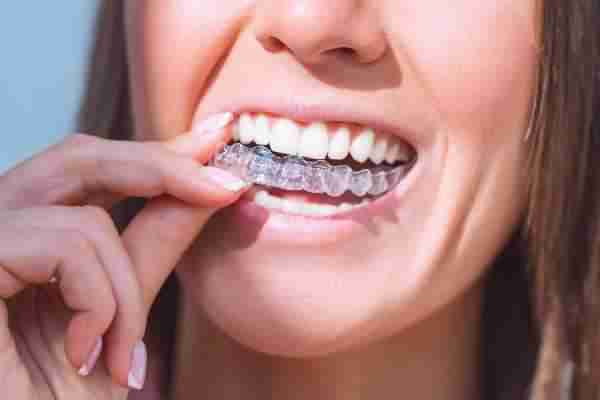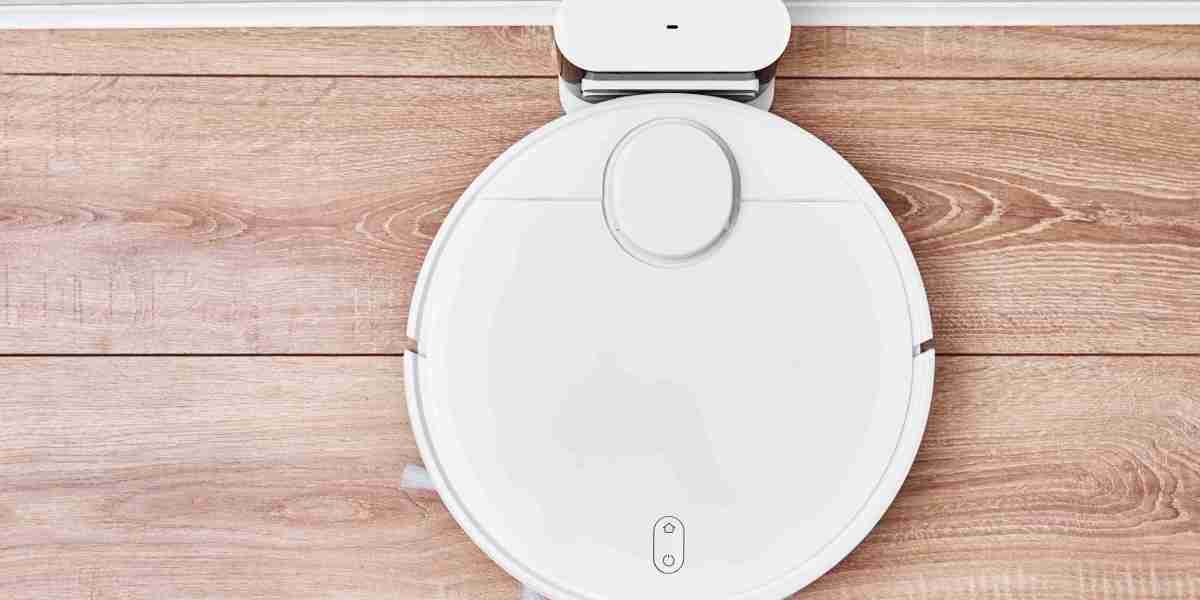Orthodontic treatments have evolved tremendously over the years, with Invisalign becoming a popular choice for those seeking a discreet, comfortable, and effective way to straighten teeth. A critical component that makes Invisalign so successful is the use of attachment points small, tooth-colored bumps that play an essential role in guiding tooth movement precisely and efficiently.In this article, we will dive deep into what Invisalign attachment points are, how they function, their importance in tooth correction, and why choosing a trusted professional for your treatment matters, especially if you are looking for an Emergency dentist in Grimsby or Invisalign treatments nearby.
What Are Invisalign Attachment Points?
Invisalign Grimsby attachment points, often called “attachments” or “buttons,” are small, tooth-colored composite resin bumps bonded to specific teeth during treatment. These attachments serve as anchors or grips for the clear aligners, enhancing their ability to apply the correct amount of pressure in targeted areas.

Unlike traditional braces that use brackets and wires to control movement, Invisalign relies on these subtle attachments to perform complex tooth corrections. They increase the effectiveness of the aligners by giving them something to push or pull against, enabling precise adjustments to tooth position, rotation, and angulation.
Why Are Attachment Points Essential in Invisalign Treatment?
The aligners themselves are custom-made to fit snugly over your teeth, but certain movements like rotating a tooth or extruding it slightly require more force and control than just the aligner can provide. This is where attachments come into play.
- Enhanced Grip: Attachments act as handles on the teeth, improving the aligner’s grip.
- Precise Control: They help in moving teeth in directions that would be difficult with aligners alone.
- Complex Movements: Teeth rotations, extrusions (pulling a tooth out slightly), and tipping are made possible by attachments.
- Efficient Treatment: Attachments can reduce treatment time by allowing more predictable tooth movement.
Different Types of Invisalign Attachments and Their Roles
Attachments come in various shapes and sizes, each designed to help with a specific type of tooth movement. Your orthodontist or dentist will decide the placement and type of attachments based on your unique treatment plan.
1. Elliptical Attachments
These are elongated, oval-shaped attachments that are commonly used to help rotate teeth. Rotations can be tricky with aligners alone, but elliptical attachments give the necessary leverage.
2. Rectangular Attachments
Designed to assist with tipping and controlling the angulation of teeth, rectangular attachments provide a firm surface for the aligners to push against, guiding teeth to their correct positions.
3. Beveled Attachments
Bevelled attachments help with extrusion or intrusion, meaning they assist in pulling a tooth slightly out or pushing it back into the gum line. This is especially useful for correcting uneven bite levels.
4. Button Attachments
Sometimes small, circular “button” attachments are placed on the teeth to hold elastics, which can help correct bite issues such as crossbites or overbites when used alongside aligners.
How Are Attachments Placed?
Attachment placement is a simple, painless procedure done at the start of Invisalign treatment or during progress check-ups.
- Preparation: The tooth surface is cleaned and dried.
- Bonding: A small amount of tooth-colored composite resin is applied to the designated area.
- Shaping: The resin is shaped into the correct attachment form using a mold or custom template.
- Curing: A special light hardens the resin, firmly bonding it to the tooth.
Maintaining Attachments During Treatment
While attachments are durable, they require some care to avoid damage or premature loss.
- Oral Hygiene: Brush gently but thoroughly around attachments to prevent plaque buildup.
- Avoid Hard Foods: Excessive biting into hard foods can dislodge attachments.
- Follow Dentist’s Advice: Regular check-ups ensure attachments remain intact and functional.
If an attachment does come off, it’s important to contact your dentist promptly, especially if you are under Invisalign treatment to have it replaced. This is where having a reliable Emergency dentist in Grimsby can make a difference in maintaining your treatment progress without interruption.
Benefits of Invisalign Attachments in Tooth Correction
- Subtle Appearance: Unlike metal braces, attachments are tooth-colored and minimally visible.
- Comfort: Smooth and small attachments do not cause significant irritation.
- Efficiency: They allow Invisalign to treat a wider range of complex cases.
- Predictability: Attachments improve the accuracy of tooth movements.
- Versatility: Used in combination with elastics and aligners, they can correct bite issues and misalignments effectively.
Invisalign Treatment Process with Attachments
Your journey with Invisalign and attachments generally follows these steps:
- Consultation and Assessment: Your dentist or orthodontist assesses your teeth and bite, creating a digital 3D model.
- Treatment Plan: A customized treatment plan is designed, specifying tooth movements and attachment placement.
- Attachment Placement: Attachments are bonded to your teeth before or during aligner delivery.
- Wearing Aligners: You wear the clear aligners for 20–22 hours per day, switching to new sets as directed.
- Progress Check-ups: Regular visits monitor tooth movement and attachment condition.
- Completion: After treatment, attachments are removed, and retainers are often provided to maintain your new smile.
Why Choose a Private Dentist in Grimsby for Invisalign?
Selecting a skilled and knowledgeable private dentist in Grimsby for your Invisalign treatment ensures a high standard of care and personalized attention. Dentists with experience in orthodontics understand the nuances of tooth movement and attachment placement, allowing them to tailor treatments to your specific needs.

Moreover, private practices tend to offer a more comfortable environment with flexible scheduling and thorough follow-ups. Whether you need routine check-ups or emergency care during treatment, having a trusted local dentist is invaluable.
Conclusion
Invisalign attachment points are a small but powerful component of clear aligner therapy, guiding precise tooth movements and making complex corrections possible without traditional braces. These discreet attachments provide the grip and control necessary to achieve effective and efficient tooth alignment.If you are considering Invisalign treatment and want expert care combined with convenient access to emergency dental support, EDG is your ideal choice. For those seeking trustworthy orthodontic care or requiring urgent dental assistance, your local Emergency dentist in Grimsby and expert provider for Invisalign Grimsby treatments.



